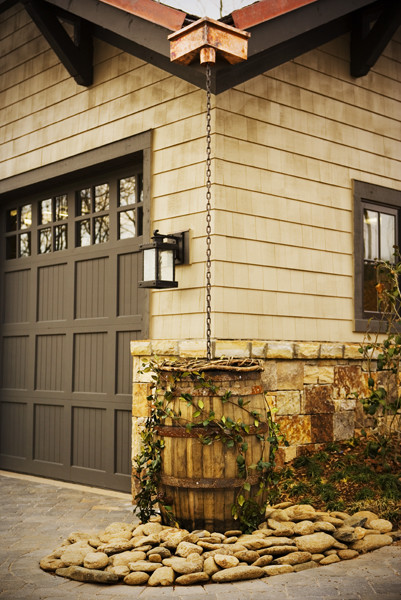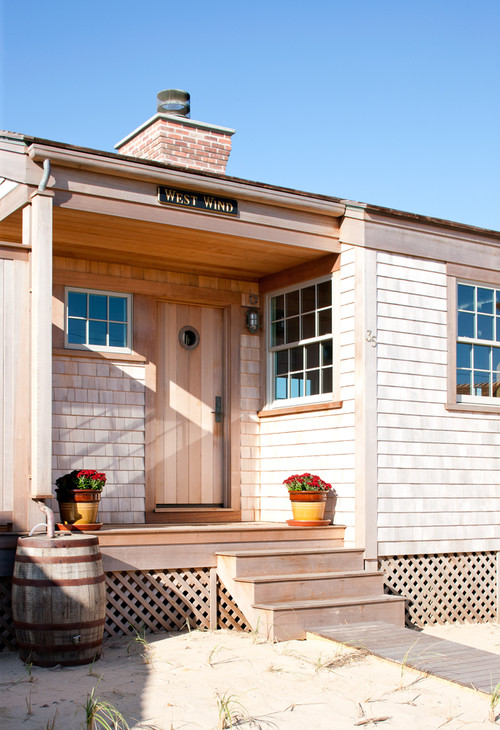How to Use Water from Rain Barrels: Tips + Ideas
When you use water from rain barrels you are taking an important step in doing your part to conserve water. With California in a nearly constant state of drought, most residents are aware of the need to save water, and most homeowners are taking at least some steps to curb their residential water usage. Of course, with permanent, mandatory water use restrictions in place, almost all Californians are required to limit landscaping irrigation, immediately repair leaks and take other measures. But our statewide success of meeting water conservation goals shows that California residents are taking this drought seriously.
One way Californians are saving water is by installing rain barrels to harvest the rain that falls on their roofs. While there are other ways to collect rain water, the easiest and most efficient method is to allow your gutters to do the work for you and to simply direct your downspout into your rain barrel system.
It might seem a bit odd to install rain barrels in a place like Southern California where it rarely rains; however, The Ecology Center notes that the average annual rainfall in Southern California is 15 inches and that it would take just one inch of rainfall to collect 1,000 gallons of water off of an average-size roof here. Since most rain barrels are only about 50 to 55 gallons in size, water collected from a single storm could fill one.
If you would like to determine how much rain you could potentially collect from your roof, The Ecology Center has a step-by-step guide for calculating your potential catchment and helping you determine the size and number of barrels for your system. Of course, you can always install just one or two, even if you could potentially harvest much more than that.
10 Ways to Use Water from Rain Barrels
1. Use harvested water to irrigate ornamental trees.
2. Use rainwater to wash your car. If you have a natural grass lawn or turfstone, wash your car over it to get even more use out of the water.
3. Irrigate your natural grass lawn with water collected from your gutter system.
4. Use captured rain water to supply your drip irrigation system.
5. Water your ornamental plants with harvested water.
6. Use reclaimed rain water to rinse out recyclable bottles and cans before putting them in the recycling bin.
7. Spray down your artificial grass lawn with collected water to remove dust.
8. Spray down your concrete, brick or paving stone patios, walkways and driveway with recycled water.
9. After your dog uses your artificial grass as a restroom, use a bucket or spray bottle with harvested rain water to rinse down the area.
10. Use collected water to wash down mailboxes, dog houses and other exterior features.
It is generally recommended that you do not use water from rain barrels to irrigate plants grown for food. However, this fact sheet from Rutgers shows how a recent study found the quality of harvested rain water to be within federal irrigation standards and that it could be used to irrigate vegetable or herb gardens with minimal risk. The fact sheet also includes best practices for using rainwater to irrigate plants grown for food.
Other studies conducted in the U.S. and Australia support the finding that rainwater collected from roofs can be safe to use to irrigate vegetable and herb gardens. However, special care must be taken to keep the risk as low as possible, and most homeowners will likely choose to continue to use potable water for irrigating plants grown for food, while they use water from rain barrels for other purposes to support their water conservation efforts.



